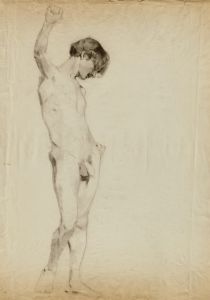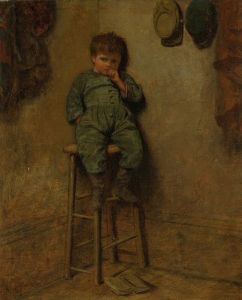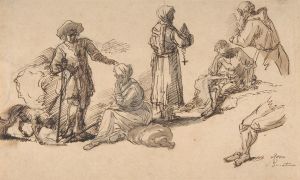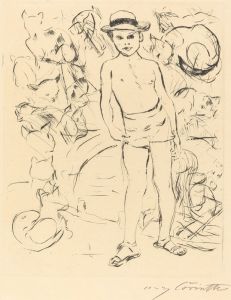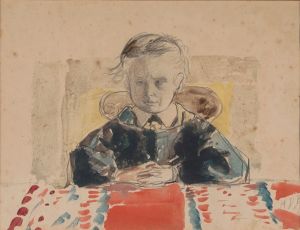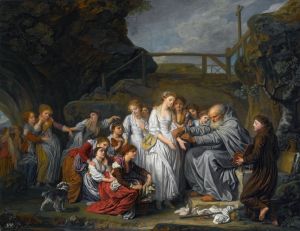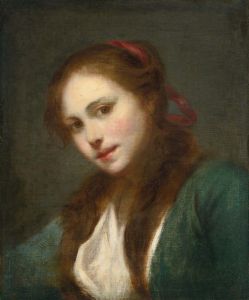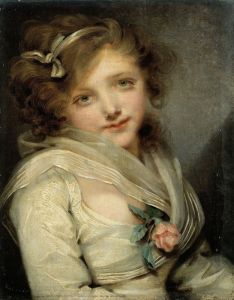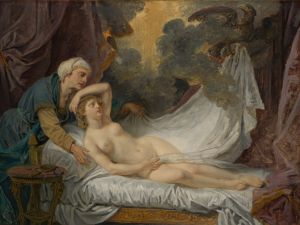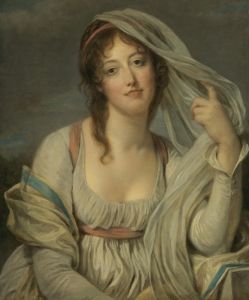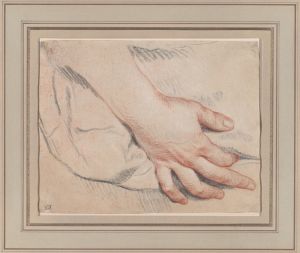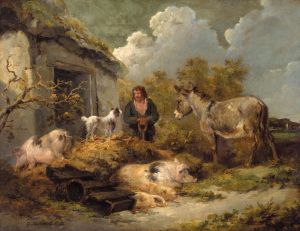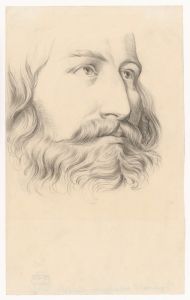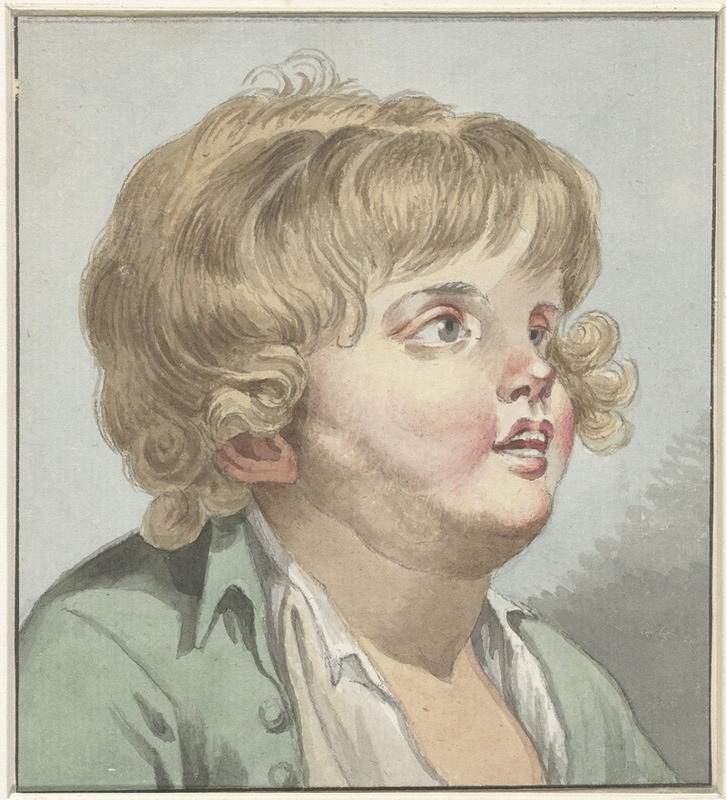
Boy’s head
A hand-painted replica of Jean-Baptiste Greuze’s masterpiece Boy’s head, meticulously crafted by professional artists to capture the true essence of the original. Each piece is created with museum-quality canvas and rare mineral pigments, carefully painted by experienced artists with delicate brushstrokes and rich, layered colors to perfectly recreate the texture of the original artwork. Unlike machine-printed reproductions, this hand-painted version brings the painting to life, infused with the artist’s emotions and skill in every stroke. Whether for personal collection or home decoration, it instantly elevates the artistic atmosphere of any space.
Jean-Baptiste Greuze was a prominent French painter known for his genre scenes and portraits, particularly those that captured the innocence and emotional depth of his subjects. One of his notable works is "Boy's Head," a painting that exemplifies his skill in rendering human expression and character.
"Boy's Head" is a fine example of Greuze's ability to convey emotion and personality through portraiture. The painting focuses on the head and shoulders of a young boy, capturing a moment of introspection or contemplation. Greuze's attention to detail is evident in the delicate rendering of the boy's features, including his soft, youthful skin, expressive eyes, and slightly parted lips. The artist's use of light and shadow adds depth to the portrait, highlighting the boy's facial structure and enhancing the overall realism of the piece.
Greuze's work often reflects the influence of the Rococo style, characterized by its lightness, elegance, and attention to detail. However, "Boy's Head" also hints at the emerging Neoclassical style, with its focus on simplicity and clarity. This blend of styles is typical of Greuze's work, as he was active during a transitional period in art history when tastes were shifting from the ornate Rococo to the more restrained Neoclassicism.
The emotional depth of "Boy's Head" is a testament to Greuze's interest in the moral and psychological aspects of his subjects. Unlike many of his contemporaries, who often focused on the external beauty and opulence of their subjects, Greuze sought to capture the inner life and emotional states of the people he painted. This approach is evident in "Boy's Head," where the boy's expression invites viewers to ponder his thoughts and feelings.
Greuze's portraits were highly regarded during his lifetime, and he enjoyed considerable success and patronage. His ability to capture the subtleties of human emotion made his work popular among the French bourgeoisie, who appreciated his focus on the moral and sentimental aspects of everyday life. "Boy's Head" is a reflection of this popularity, showcasing Greuze's talent for creating intimate and emotionally resonant portraits.
Despite his early success, Greuze's reputation declined towards the end of his career, as the art world shifted towards Neoclassicism and Romanticism. However, his work has experienced a resurgence of interest in recent years, with art historians and collectors recognizing the unique qualities of his portraits and genre scenes.
Today, "Boy's Head" is appreciated for its technical skill and emotional depth, serving as an example of Greuze's contribution to the development of portraiture in the 18th century. The painting continues to be studied and admired for its ability to convey the complexity of human emotion through the medium of paint, reflecting Greuze's enduring legacy as a master of psychological portraiture.





